7.8 /10 1 Votes7.8
6/10 Steam Artist(s) Daigo Ikeno Designer Hideki Kamiya | 9.6/10 IGN Producer(s) Tsuyoshi Tanaka Initial release date 17 February 2005 | |||||||||||||||||||||||||||||||||
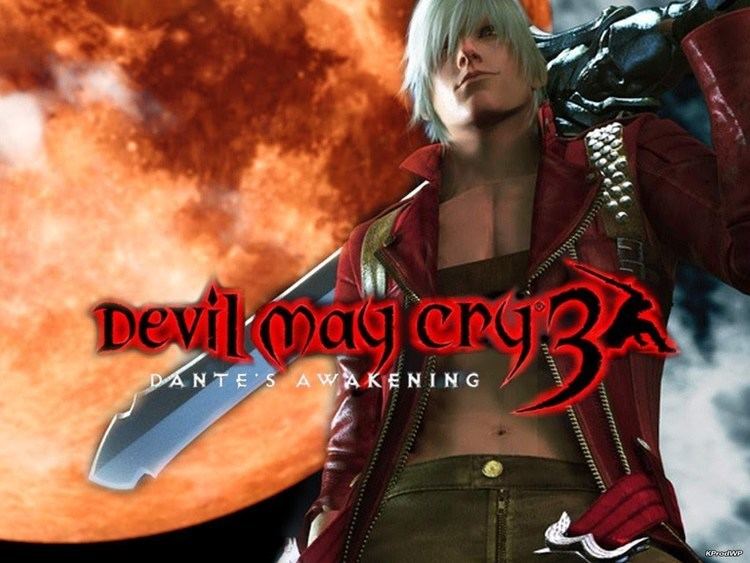 | ||||||||||||||||||||||||||||||||||
Distributor(s) Special EditionUbisoft (PC)EU: CentreSoft (PS2) Writer(s) Bingo MorihashiTakayasu Yanagihara Developers Capcom, Capcom Production Studio 1 Genres Action-adventure game, Hack and slash Similar Devil May Cry games, Capcom games, Hack and slash games | ||||||||||||||||||||||||||||||||||
Cgrundertow devil may cry 3 dante s awakening for playstation 2 video game review
Devil May Cry 3: Dante's Awakening, released in Japan as Devil May Cry 3 (Japanese: デビル メイ クライ 3, Hepburn: Debiru Mei Kurai Surī), is an action-adventure hack and slash video game developed and published by Capcom, released in 2005 for the PlayStation 2 and ported to Microsoft Windows in 2006. The game is a prequel to the original Devil May Cry, with a younger Dante. It retains elements from the two previous games, expanding its combat system with a number of fighting styles. The story is told primarily in cutscenes using the game's engine, with several pre-rendered full motion videos.
Contents
- Cgrundertow devil may cry 3 dante s awakening for playstation 2 video game review
- Devil may cry 3 dante s awakening playstation 2
- Gameplay
- Plot
- Development
- Critical reception
- Sales
- Other releases
- Special edition
- References
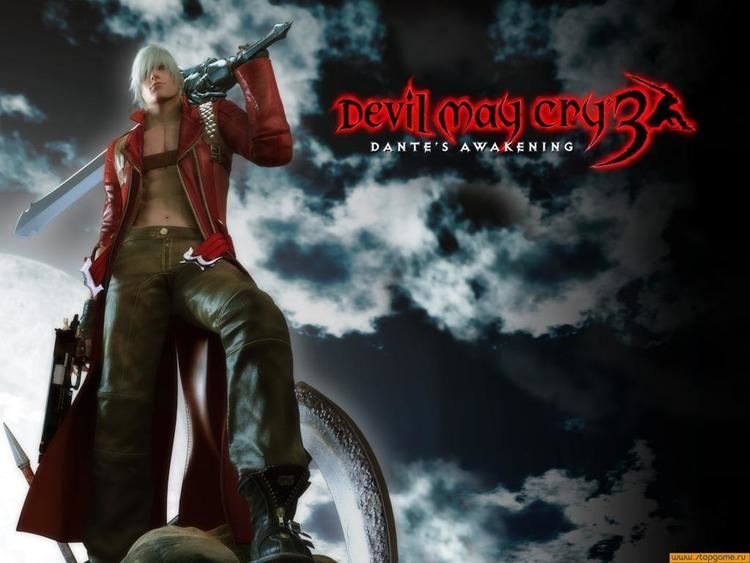
Set several years before the events of the first Devil May Cry in an enchanted tower, Temen-ni-gru, the story centers on the dysfunctional relationship between Dante and his brother Vergil.
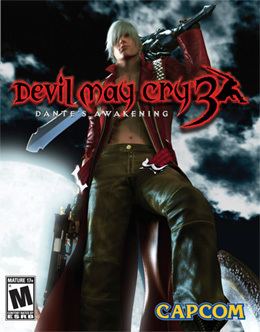
Although Devil May Cry 3 was criticized for its degree of difficulty, it was also praised for returning to the challenging gameplay of Devil May Cry. The game was re‐released in 2006 as Devil May Cry 3: Dante’s Awakening, Special Edition (デビル メイ クライ 3 Special Edition) with a recalibrated difficulty curve and Vergil as a playable character. Combined sales of both versions were over four million, and a 2005 manga prequel to the game was published in Japan.
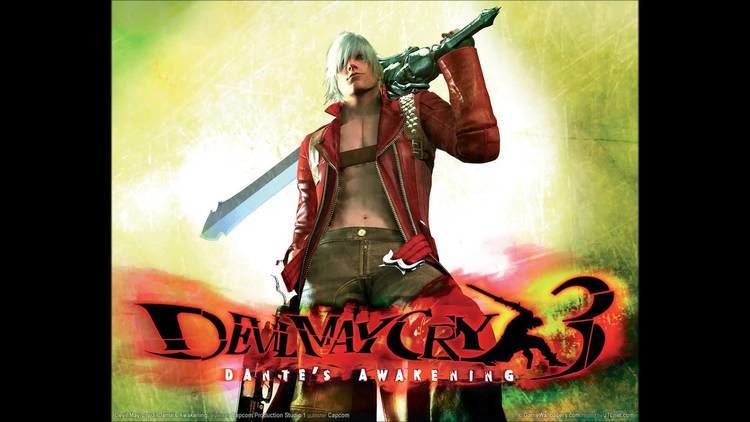
Devil may cry 3 dante s awakening playstation 2
Gameplay
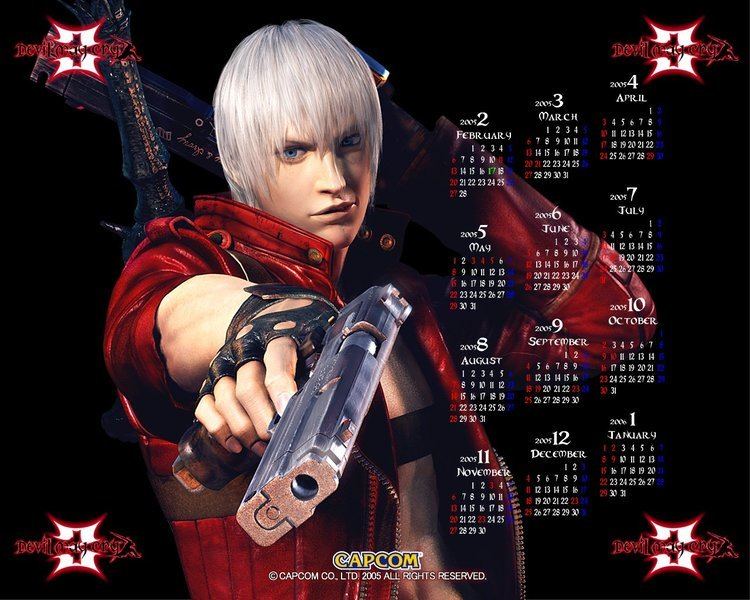
The gameplay in Devil May Cry 3 consists of levels ("missions") in which players battle enemies, carry out platforming tasks and solve puzzles to progress through the story. The player's performance in each mission is graded from D through C, B and A, with top marks of S and SS. Grades are based on time taken to complete a mission, the number of red orbs (game currency, obtained from defeated enemies) gathered, "stylish" combat, item usage and damage received. Stylish combat is the performance of a series of attacks while avoiding damage, and is tracked by an on-screen gauge. The longer a player attacks without repetition and evades damage, the higher the score. The gauge registers "Dope" after a few attacks, progressing through "Crazy", "Blast", "Alright", "Sweet", "SShowtime" to peak at "SSStylish". If Dante receives damage, the style rating falls; if the gauge is "Crazy" or below, it will reset. Devil May Cry 3's battle system allows a player to link attacks, with each weapon having a set number of attacks. Although the game focuses on battle aggression, a player must also employ strategy; the enemies use a variety of artificial-intelligence tactics, and respond to a variety of events.
The Devil Trigger enables the player's character to assume a demonic form. This alters the character's appearance, increases attack and defense, restores health and enables special attacks. The Devil Trigger state lasts as long as there is energy in the Devil Trigger gauge; the gauge rises by attacking (or taunting) enemies in normal mode, and falls when using the Devil Trigger transformation or other abilities using Devil Trigger power (such as the Quicksilver and Doppelganger styles, described below). The Devil Trigger mode is not available to Dante until one-third of the way through the game, while Vergil (playable in the special edition) has the ability at the outset.
The major difference from previous Devil May Cry games is Devil May Cry 3's combat system, which allows a player to choose one of Dante's four combat styles; each style has a different focus and techniques. Style selection is available at the beginning of each level and during gameplay at checkpoints. The styles are Trickster, for dodging and agility; Swordmaster, with abilities for swords and other weapons; Gunslinger, with firearms techniques and Royal Guard, which allows a player to repel attacks with a button press (storing energy for retaliation). Later in the game, a player accesses two additional styles: Quicksilver (slowing enemies, while the character attacks at normal speed) and Doppelgänger (creating a shadow double who fights alongside Dante). A second player may control the shadow double by pressing "Start" on a second controller. A two-player mode, similar to the Doppelgänger style, is accessible while Dante and Vergil battle Arkham. In the special edition Vergil has another style, Dark Slayer, which is similar to Trickster.
Plot
Devil May Cry 3 opens in Dante's yet-unnamed shop in an American metropolis. A mysterious man, Arkham, arrives with an invitation from Dante's brother Vergil in the guise of a demonic attack. After Dante defeats his adversaries, a huge tower erupts from the ground nearby, eclipsing the sprawling city surrounding it. Sensing that Vergil is on the structure, Dante interprets this as a challenge. He begins fighting demons during his journey; once defeated, they become his weapons. Dante is attacked by a woman on a motorcycle who turns out to be Mary, Arkham's daughter, who wants revenge on her father for causing her mother's death. Arkham works for Vergil; they plan to take Dante's half of their mother's amulet and use its power on the tower to connect the human and demonic worlds.
After a number of battles and an encounter with a being named Jester, Dante reaches the tower's summit and battles Vergil. Vergil defeats Dante, steals his amulet and leaves; Dante's dormant demonic powers emerge, and he sets out in pursuit. He catches Vergil in a control room in the tower's basement, where Vergil cannot reactivate the tower. The brothers fight again, until they are interrupted by Mary and Jester. Jester reveals himself as Arkham, who has manipulated them all to reactivate the tower to reach the demonic world. There he plans to steal the Force Edge, the dormant form of Sparda's sword with his power, using it to rule a demon-infested Earth. The tower transforms as the spell is broken; Arkham is carried to the summit, and Vergil disappears in the confusion.
Dante battles his way back up the tower, fighting Mary for the right to pursue Arkham. He is victorious, and Mary lends him her most-powerful weapon. Reaching the summit, Dante crosses to the demonic world and catches Arkham (who has assumed Sparda's demonic form). Overwhelmed by power, Arkham transforms into a blob-like creature who battles Dante. During the fight Vergil reappears, and the brothers work together to expel Arkham from the demonic world; weakened, Arkham lands on the tower (where Mary kills him). In the demonic world, Dante and Vergil fight for ownership of the Force Edge and the amulet halves. After his defeat Vergil remains as the portal closes, vanishing into the darkness with his half of the amulet.
Dante meets Mary outside the tower; they form a friendship and the beginnings of a partnership as demon-slayers and he names his shop "Devil May Cry". A scene after the credits shows Vergil in the demonic world, weak but determined, as he charges into battle against his father's old foe Mundus.
Development
After the mixed reception of Devil May Cry 2, Capcom developed Devil May Cry 3 in a similar manner to the series' more critically acclaimed first game, Devil May Cry; its gameplay elements, such as environment size and battle engine, were reexamined. Other aspects of Devil May Cry 2, such as the toning-down of Dante's cockiness and the game's lack of difficulty, were brought back in line with Devil May Cry.
According to a pre-release interview with the game's producer, Tsuyoshi Tanaka, the focus of the game's design was a battle system which allowed a player to control weapons in new, "stylish" ways. This coincided with the design of a new type of in-game camera which kept the character in focus, avoiding disorientation in crowded battle scenes. Devil May Cry 2's difficulty was reduced for greater acceptance in the Japanese market, but this move cost the game support elsewhere. To remedy this, the Japanese release of Devil May Cry 3 had a lower degree of difficulty than the North American and European releases and Dante was a younger, more arrogant character than he was in the previous games. Reuben Langdon provided the character's voice and motion capture. Although he was directed in Dante's portrayal, Langdon (confused by staff suggestions) played his own version of the character.
Capcom promoted Devil May Cry 3's release with a multimillion-dollar television campaign and extensive advertising in video-game magazines; both emphasized the game's plot and number of fighting styles. The company produced a second, "special" edition, released in North America on January 24, 2006. A Microsoft Windows version, with minor graphics changes, was developed by SourceNext; it was released by Ubisoft on June 28, 2006 in Europe and October 16, 2006 in North America. The Devil Trigger versions of Dante and Vergil were designed by Atlus' Kazuma Kaneko, who previously collaborated on Zone of the Enders: The 2nd Runner, Shin Megami Tensei: Nocturne and Persona.
Critical reception
Devil May Cry 3: Dante's Awakening was praised by critics. The aggregate-review websites GameRankings and Metacritic gave the PlayStation 2 version 84.11 percent and 84 out of 100 and the PC version 70.87 percent and 66 out of 100, respectively. It was included on Game Informer's list of the top 50 games of 2005, and the special edition received a "Game of the Month" award. In 2010 IGN ranked it 18th on its list of the top 100 PlayStation 2 games, and a GamePro retrospective that year rated it the 28th-best game for the PS2.
Reviews typically praised the game for avoiding its predecessor's mistakes and for its storyline, customization options, gameplay and combat engine. The style-based combat engine was considered to produce fighting sequences superior to games such as Ninja Gaiden and Prince of Persia: The Two Thrones, and the camera and controls were praised. Devil May Cry 3 was included in the 2010 book, 1001 Video Games You Must Play Before You Die.
The North American and European release's difficulty was criticized in otherwise-positive reviews. Critics disagreed with Capcom's decision to make the Japanese version's "hard" mode the North American and European "normal" mode, and Devil May Cry 3 has been cited as one of the all-time most-difficult video games by a number of websites.
The special-edition PlayStation 2 release ranked ninth on GameSpy's 2006 "Game of the Year" list; it was commended for recalibrating its difficulty, a survival mode known as "Bloody Palace" and making Vergil a playable character. Play as Vergil was cited for the character's difference from Dante, although the reuse of Dante's bosses and the lack of cutscenes was criticized.
The PC version was considered inferior to the PlayStation 2 version. Issues included its game engine (thought rough and underpowered), its controls and the inability to save the game and exit, a feature of most PC games. Jeremy Dunham of IGN gave the PC version a score of 5.8 out of 10 (compared to the PS2 version's 9.6), citing its "awful performance" and "craptacular controls".
Sales
Devil May Cry 3 was a commercial success, and was the eighth-best-selling game in Japan a week after its release. The game sold over 1,300,000 copies worldwide (earning Capcom's "Platinum Title" status), and the special edition sold an additional one million copies.
Other releases
After Devil May Cry 3's release Capcom introduced merchandise based on the game, including a manga (written by Suguro Chayamachi and published by Tokyopop in North America) and a Dante action figure manufactured by Revoltech. A 2006 sourcebook, Devil May Cry 3 Material Archive - Note of Naught, featured previously unreleased production and CG artwork, storyboards and a UMD video disc for the PSP with trailers and videos (region 2 only). A three-disc Devil May Cry 3 soundtrack was released on March 31, 2005 (shortly after the game's release), produced by Tetsuya Shibata and Kento Hasegawa with lyrics and vocals by Shawn McPherson.
Special edition
At the 2005 Tokyo Game Show, Capcom announced a special edition of Devil May Cry 3 with gameplay changes and additional content; most notably, Dante's twin brother Vergil was now playable. Other changes included an additional survival mode, "Bloody Palace", with 9,999 levels; a Jester fight early in the game, with optional fights later; a "Turbo Mode", increasing game speed by 20 percent; a "continue" feature, allowing a player to revive a character or restart a lost fight, and rebalanced difficulty. Vergil's gameplay differed from Dante's; although Dante was weaker than Vergil in terms of skills and combos, he was easier to control. Because of the game's space limitations, not all of Vergil's moves were included in the special edition.
Vergil has one style, "Dark Slayer" (similar to Dante's "Trickster" style), with evasive maneuvers which can be leveled-up twice like Dante's four styles. He has three weapons: a katana known as Yamato, Beowulf gauntlets and greaves and the Force Edge broadsword. Vergil has two ranges of attack: "Summoned Swords" (creating magical swords for a variety of effects) and "Judgment Cut" (creating spheres of force).
The new boss is Jester, a character encountered several times in first-edition cutscenes but not fought. In Devil May Cry 3: Special Edition, he is a boss who may be fought three times. The special edition was released on January 24, 2006 as part of the PlayStation 2 greatest-hits collection, and it was later confirmed that the PlayStation 2 version of the game would be released in Europe.
On February 1, 2006, Ubisoft announced that it would release a Microsoft Windows version of the game developed by SourceNext. The European PC version was the first one released (before the special-edition PlayStation 2 version in that region), on June 28, 2006. The Japanese version was released two days later, and the North American version on October 16. Devil May Cry 3: Special Edition was re-released in the Devil May Cry HD Collection for the PlayStation 3 and Xbox 360 (with Devil May Cry and Devil May Cry 2) on April 3, 2012.
